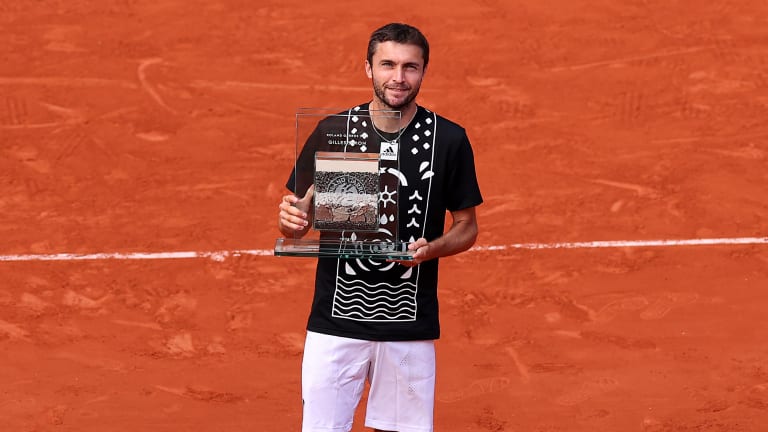Roland Garros
Gilles Simon, "Professor" and French fan favorite, bids adieu to Roland Garros
By May 29, 2022Roland Garros
Rafael Nadal to be honored with 'exceptional' tribute on opening day of Roland Garros
By Apr 17, 2025Roland Garros
French Open organizers introduce draw to access ticket sales
By Jan 07, 2025Roland Garros
Coaches Corner: Juan Carlos Ferrero proves essential to Carlos Alcaraz's Roland Garros success
By Jun 14, 2024Roland Garros
What’s next for Novak and Nadal? Four ATP storylines after the Paris fortnight
By Jun 10, 2024Roland Garros
Naomi’s resurgence, Iga on grass: Four WTA storylines after the Paris fortnight
By Jun 10, 2024Roland Garros
Carlos Alcaraz becomes the clay-court champion that he—and we—always knew was possible
By Jun 09, 2024Roland Garros
Coco Gauff wins first Grand Slam doubles title with Katerina Siniakova in dream team debut
By Jun 09, 2024Roland Garros
Coco Gauff is a Grand Slam champion in singles and doubles, exceeding her own expectations
By Jun 09, 2024Roland Garros
From Rafa to Iga: as one owner of Roland Garros departs, a new one has moved in
By Jun 08, 2024Roland Garros
Gilles Simon, "Professor" and French fan favorite, bids adieu to Roland Garros
The 37-year-old, who will call it a career after this year, lost to Marin Cilic in the third round. “He's a guy that keeps coming and coming and coming back,” said the Croat.
Published May 29, 2022
Advertising
Advertising

Simon was no Gasquet, Tsonga or Monfils—but at his best, he could play best of all.
© Ryan Pierse
Advertising

Always Playing: Pickleballtv
The 24-hour channel of America’s fastest growing sport now has an app.